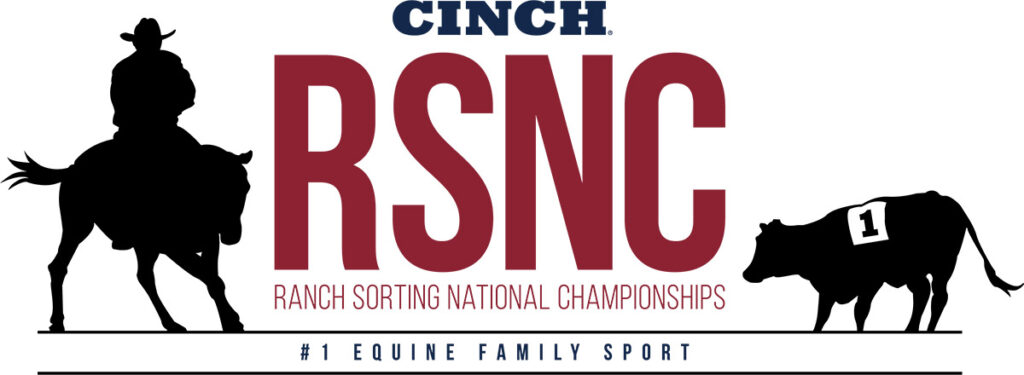If you’re wondering what items you should keep in your horse’s feed room or you’re looking for organization or stocking tips, we’re here to help! A properly stocked feed room is crucial for storing your horse’s feed, treats, supplements, and medications neatly and safely. It can also help you cut down on wastage and chore time.
Horse Feed Room Supplies
First, choose a location for your feed room that’s secure and temperature-controlled. It should have a sealed floor and no cracks, holes, or open windows (screens are fine!) to keep rodents, insects, and other pests out. Then, add these necessities:
-
- Feed storage containers: Metal is ideal because rodents can chew through wood, plastic, and rubber. Commercial-grade plastic, however, is easier to clean. Make sure any container you choose has a well-fitting lid.
- A feed cart: We find carts made of commercial-grade plastic with three compartments and a sealed locking top to be particularly convenient.
- Wood pallets: Place unopened bags of feed off the floor on pallets.
- Shelving: Install a rack or shelf system for storing supplements and containers.
- Storage: Keep supplements, treats, and other items in a storage container such as a plastic cabinet.
- Buckets: Stock your feed room with enough buckets for each horse, so you can divvy their rations up accordingly.
- Scoops: Keep same-sized scoops in each feed storage container for doling out meals.
- A bale cutter: If you store your hay in the feed room, a bale cutter makes cutting twine easy.
- Haynets: Prepare your horse’s hay in haynets or slow feeders to prolong foraging time and reduce wasted hay.
- A broom: Keep a broom on hand to sweep up spills and messes that might attract rodents.
- Tool holders: Install hooks or wall-mounted tool holders to store brooms, rakes, and other implements so they’re not underfoot.
- Whiteboard: A whiteboard and dry erase markers allow you to list each horse’s feed type, amount, and any supplements or medications they receive with their meals. You can easily update feeding instructions as needed.
- Refrigerator: A mini fridge is handy for storing medications that are given with horses’ meals.
- A lock or latch: Keep your feed room secure from people, horses, and other critters.
- Fire extinguisher: Make sure it’s in working condition!
- Electricity: You’ll need light to ensure you’re preparing your horse’s feed correctly. If your feed room doesn’t have electricity, you can set up a camp lantern or keep a battery-powered headlamp (plus extra batteries!) on hand.
Stock Up With Feed
The amount of feed you’ll need to buy and store at a time depends on the number of horses you’re feeding and what they’re eating. Concentrate feeds don’t have a lengthy shelf life, so keep these considerations in mind when buying:
- Unprocessed grains are good for up to a year.
- Heat-processed pellets last about six months.
- Most sealed bags of textured feed remain fresh for three months.
- Rolled oats in warm, humid conditions might only last a few weeks to a month.
Beyond these time frames, grains start to lose their nutritional value and can spoil. Oil and molasses can shorten their shelf life even further.
Regardless of the type of feed product you buy, its bag should include the date of manufacture on its label. Use this date to determine how soon you need to use the feed to avoid spoilage. Also note when you open each bag, since open bags spoil faster.
Take-Home Message
In summary, a well-stocked and well-organized feed room makes mealtime faster and easier and helps prevent spoilage and rodent and pest invasions. Of course, this list isn’t exhaustive, and you might equip your feed room with items unique to your situation.








